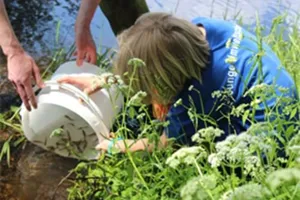
The protection of the seas and their inhabitants
SEA LIFE HANOVER GIVES BACK TO THE NATIVE NATURE WHAT PEOPLE ONCE TOOK FROM IT.
The protection of the seas and their inhabitants has always been a major concern of SEA LIFE Aquariums and is deeply rooted in our company philosophy. Whether the breeding of seahorses threatened by extinction, the rescue of seals and other sea animals, regional protection projects or active environmental protection campaigns - the work of SEA LIFE Hanover in the field of environmental protection is comprehensive.
European pond turtle - short: Emy
In Germany there is only one native turtle species - the European pond turtle. However, due to changes in nature, the habitat of these reptiles is increasingly endangered. Therefore SEA LIFE together with the NABU (Nature and Biodiversity Conservation Union) campaigns for the animals threatened by extinction, so that they do not disappear from the landscape and the consciousness of humans. Numerous young animals are in the care of the aquariums in order to be released into the wild as quickly as possible. In the wild, the animals can possibly live up to 100 years.
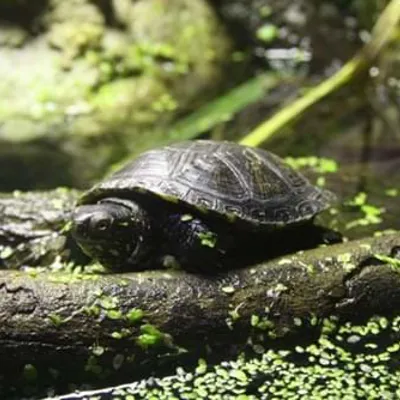
European pond turtle - short: Emy
In Germany there is only one native turtle species - the European pond turtle. However, due to changes in nature, the habitat of these reptiles is increasingly endangered. Therefore SEA LIFE together with the NABU (Nature and Biodiversity Conservation Union) campaigns for the animals threatened by extinction, so that they do not disappear from the landscape and the consciousness of humans. Numerous young animals are in the care of the aquariums in order to be released into the wild as quickly as possible. In the wild, the animals can possibly live up to 100 years.
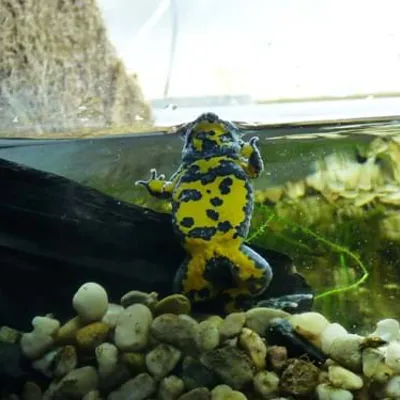
Yellow-bellied toads
SEA LIFE Hanover and NABU Lower Saxony are working together for the endangered animals so that they do not disappear from the landscape and the consciousness of the people. As part of a joint protective measure between NABU Lower Saxony and SEA LIFE Hanover, the yellow-bellied toads are bred in the large aquarium. The yellow-bellied toads spend the first part of their life in special and species-appropriate aquariums before they can be released into the wild.
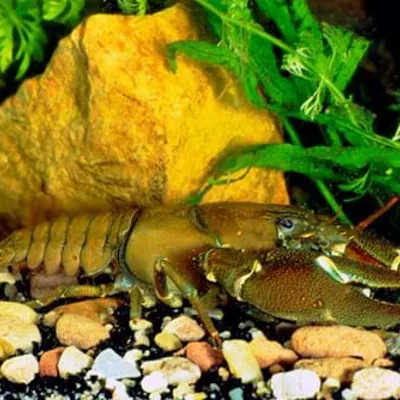
European Crayfish
A European crayfish couple is at home in SEA LIFE Hanover. Due to the displacement of other types of crayfish and the introduction of a deadly disease - the crayfish plague - these endangered animals are now only found in a few bodies of water in our region. SEA LIFE Hanover wants to make a contribution to species conservation here too.
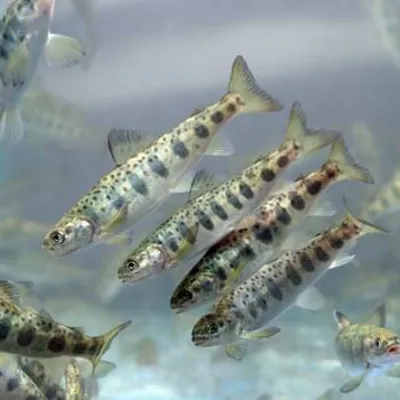
Atlantic Salmon
SEA LIFE Hanover is committed to preserving Atlantic salmon for future generations together with Leine-Lachs e.V.
How does the reintroduction work?
Breed: Returning fish are caught so that they can shed eggs and seeds. The fertilized eggs are artificially incubated in the hatchery of the North German Salmon Center in Gronau.
Rescue: The young animals are fostered until they can be distributed to the appropriate waters.
Release: SEA LIFE Hanover shows some of the young animals in their aquarium and releases them regularly together with the Leine-Lachs e.V. into the wild.